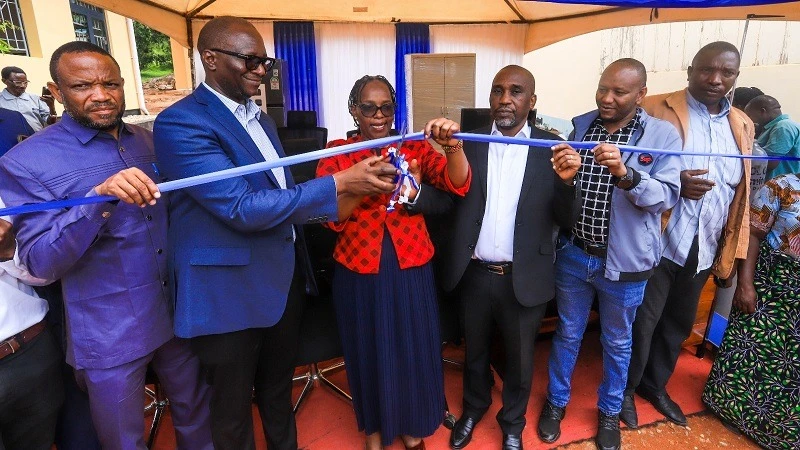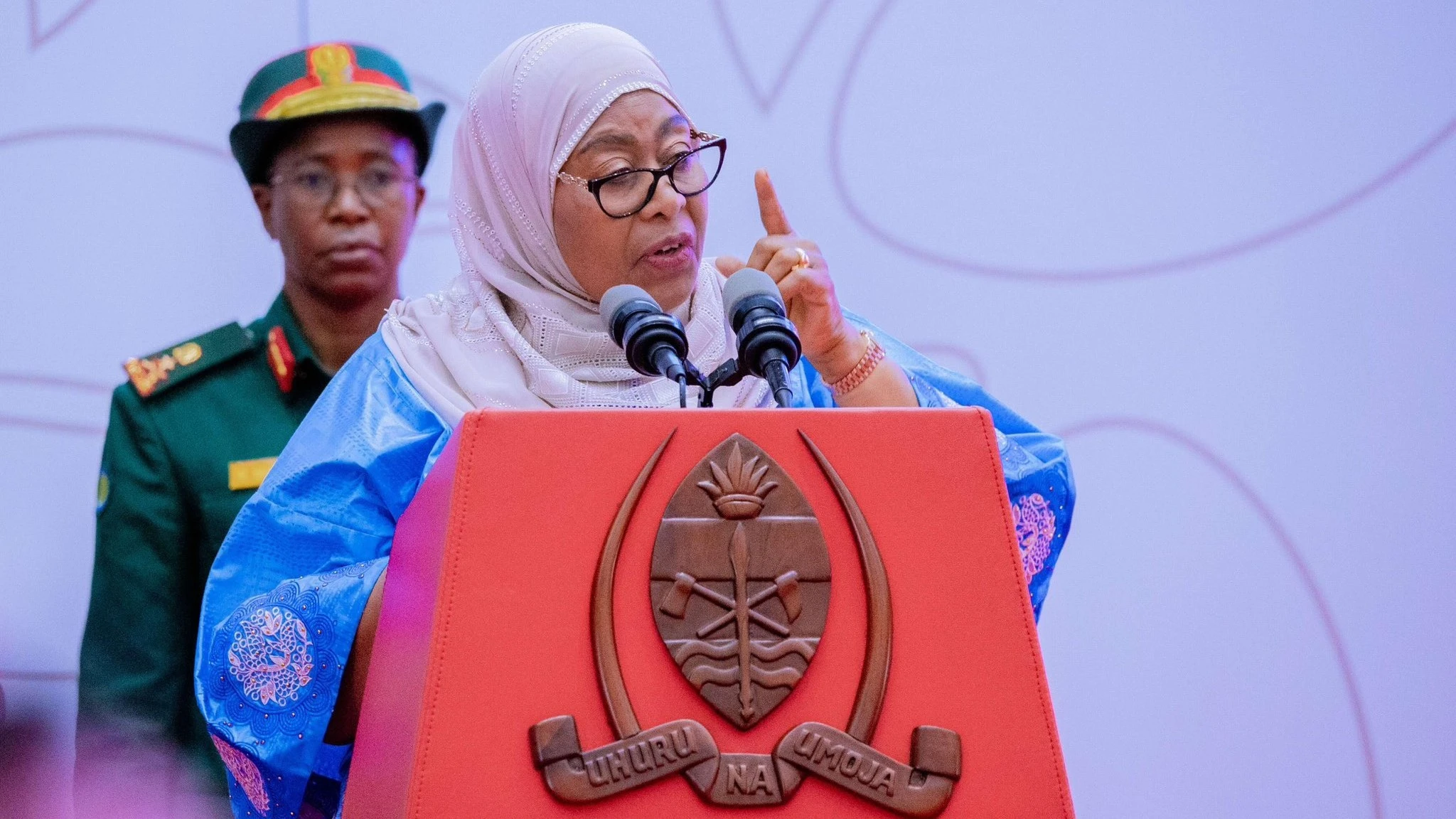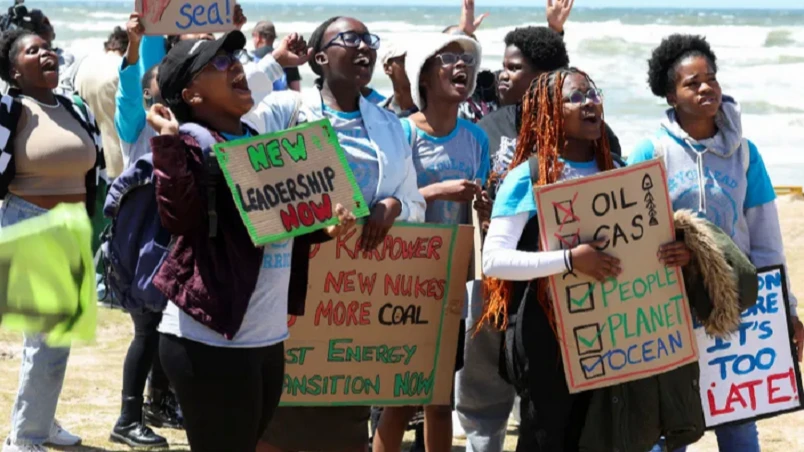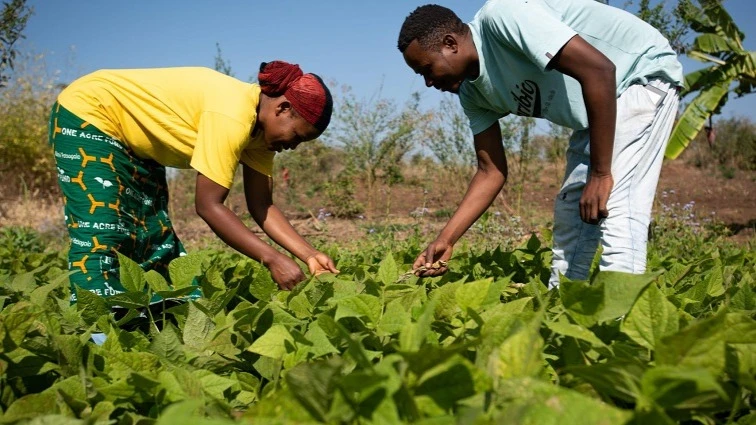Horn of Africa zone set for below-average rains season

THE Greater Horn of Africa will experience below-normal rainfall during the March to May rainy season as the region passes through a spate of climate variability, a regional organisation has stated.
Dr Abdi Fidar, an officer in charge at the International Climate Prediction and Application Center (ICPAC) tied with the Intergovernmental Authority on Development (IGAD), said the IGAD region faces increasing climate variability and extremes, including droughts, floods, and rising temperatures.
Understanding these risks and fostering collaboration to mitigate their impacts is vital, he said, urging all ICPAC stakeholders to take proactive steps to reduce the impacts on the most vulnerable populations.
The seasonal climate forecast issued by ICPAC asserts that below-average rainfall is expected in much of Somalia, eastern and northern Kenya, southern and north-eastern Ethiopia, in particular.
The same prediction largely applies for Djibouti, coastal Eritrea, western South Sudan, southern and western Uganda, Rwanda, Burundi, and north-western Tanzania, the statement indicated.
“This season is critical for the equatorial part of the Greater Horn of Africa region and usually contributes up to 60 percent of the annual rainfall in many parts,” it explained.
ICPAC further forecasted a higher likelihood of warmer-than-normal conditions across most parts of the Greater Horn of Africa, with the highest probabilities -- more than 75 percent -- over Sudan, Ethiopia, Eritrea, Djibouti, northern Somalia, and northern Kenya.
The predicted climatic conditions for the season are likely to have gender-differentiated impacts on the affected populations, with more adverse effects expected to be pronounced among women, children, older persons, and persons with disabilities, the statement stated.
Top Headlines
© 2025 IPPMEDIA.COM. ALL RIGHTS RESERVED






















